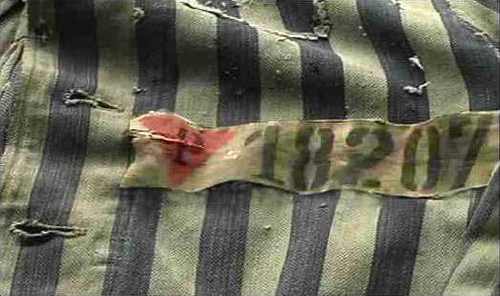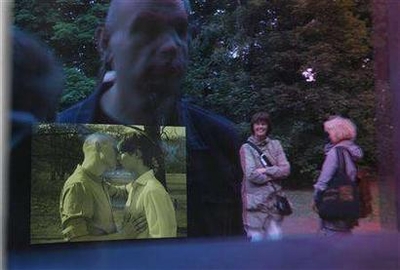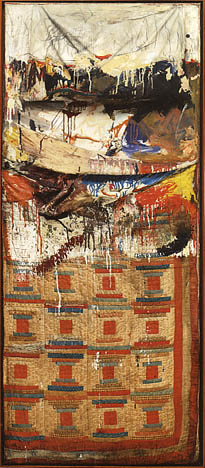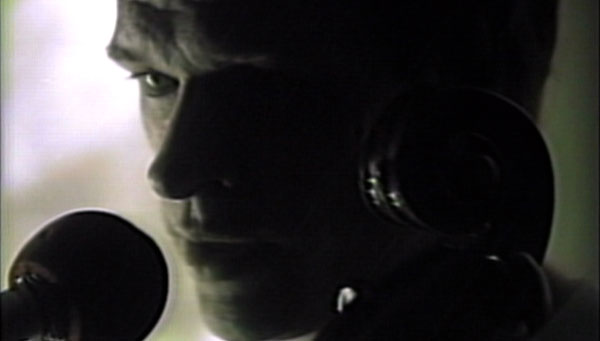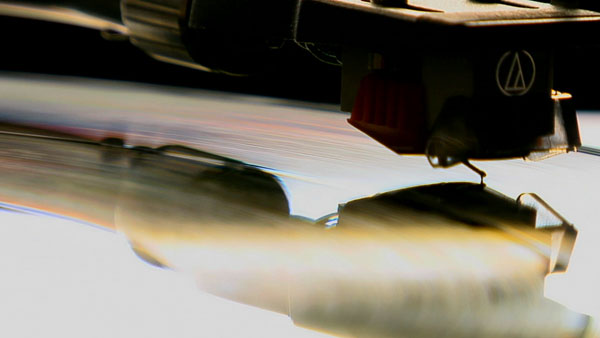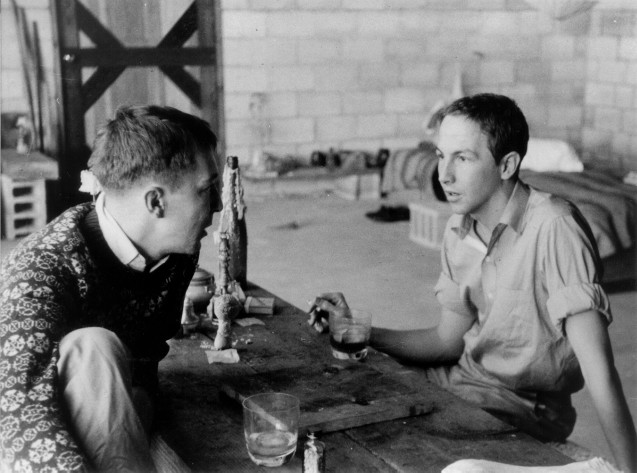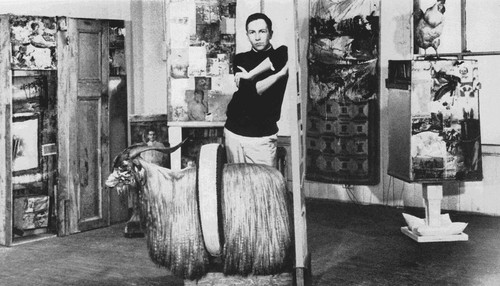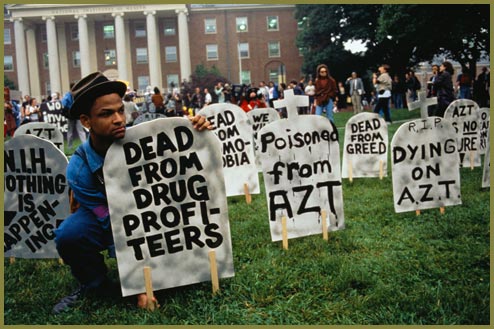
we were never alone*
CORRECTION: I've corrected the text for screening location
ACT UP veteran Deb Levine is viewing the entire ACT UP Oral History Project videos from start to finish in a performance project she calls "ENDURING ACT UP". She is inviting us to join her.
Levine has been working on her PhD. in Performance Studies at NYU and is writing about ACT UP for her dissertation. She says she's focusing on one aspect in particular:
. . . how collectively people took care of each other during meetings, demonstrations, in committees and affinity groups, and especially as members became ill. I am most interested in the ways in which those relationships became an ethical and political practice - a topic that is not often foregrounded in other histories of the organization.
While she has been watching the interviews recorded by the Oral History Project, which was undertaken by Sarah Schulman and Jim Hubbard, and I assume she's been through them all, she says that what she is missing is the opportunity to turn around and discuss what appears on the screen with others who witnessed and were a part of the phenomenon of this remarkable band of AIDS activists in the 80's and 90's.
The screenings began this morning at 10 at 721 Broadway on the 6th floor, room 613. They will continue through June 15. For a complete schedule and more information, go to the project's web site.
*
the image is from the ACT UP protest at the National Institutes of Health [NIH] in May, 1990, when we stormed the NIH to protest the slow pace of research; things picked up a bit later (the troublemaker seen in the foreground is Brian Keith Jackson)
[Donna Binder image from NIH library - yes, the NIH!, and the site has much more about medical activism]
